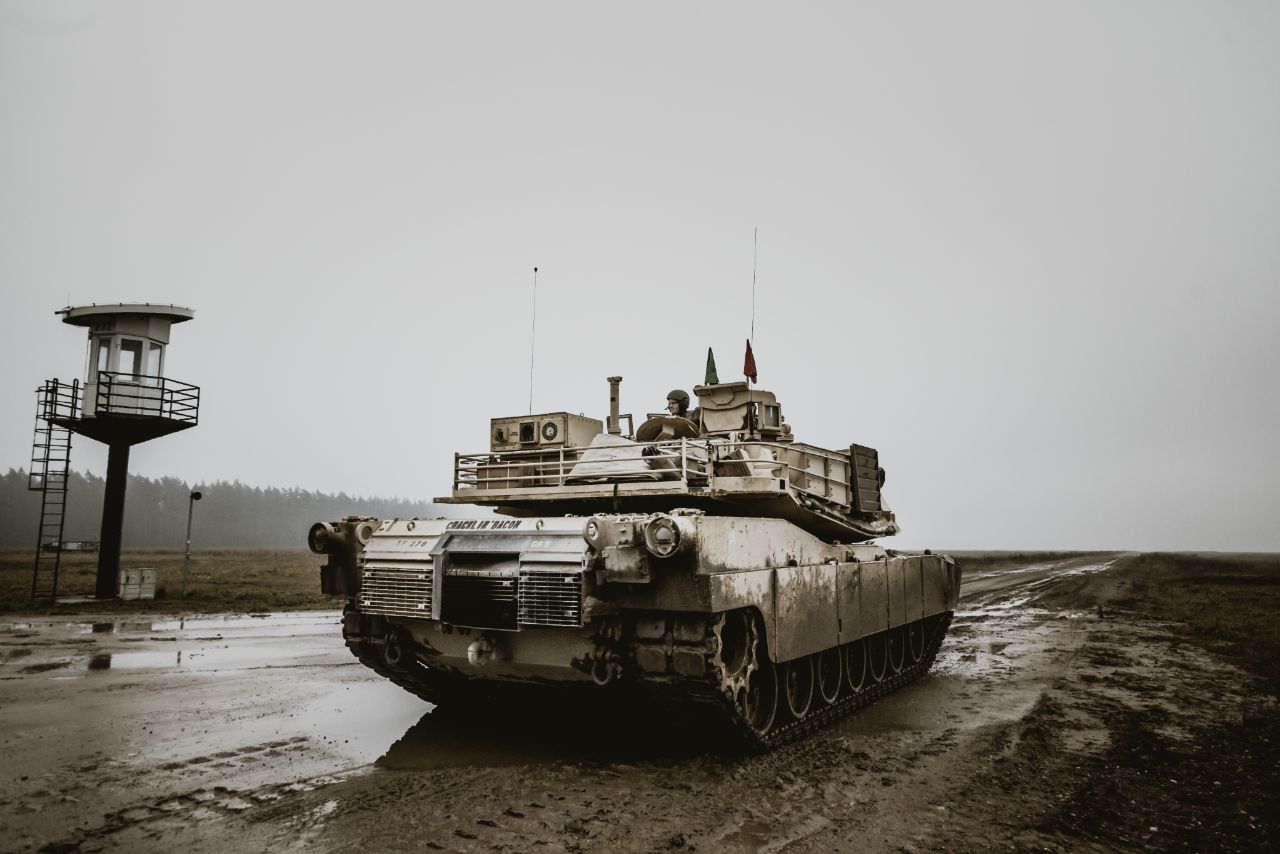
The US Army is developing a plan that will help the armed forces meet regional requirements, as well as support modernising training procedures.
Referred to as the Regionally Aligned Readiness and Modernization Model (ReARMM), the framework is slated to be rolled out in 2022.
The development of the model began in 2018 after the US Army shifted its focus from counter-insurgency operations to building capabilities for large-scale combat.
Specifically, the aim of ReARMM model is to develop the US Army into a multi-domain capable force.
Several aspects of the model are yet to be finalised as army leaders will continue to make adjustments to the programme through stress tests and rehearsals.
G-3/5/7 force management director Brigadier General Peter Benchoff opined that it seeks to implement a predictable and sustainable model to create regular cycles for training, modernisation and mission requirements.
How well do you really know your competitors?
Access the most comprehensive Company Profiles on the market, powered by GlobalData. Save hours of research. Gain competitive edge.

Thank you!
Your download email will arrive shortly
Not ready to buy yet? Download a free sample
We are confident about the unique quality of our Company Profiles. However, we want you to make the most beneficial decision for your business, so we offer a free sample that you can download by submitting the below form
By GlobalDataThe programme will also involve the disposal of current equipment. Typically, a unit takes around 12 to 18 months to switch equipment. However, the ReARMM aims to reduce the transfer window to less than six months.
G-3/5/7 Army deputy chief of staff lieutenant general Charles Flynn said: “ReARMM also allows us to adapt to national defence planning and guidance and meet joint-force demands.
It will also provide necessary changes to the doctrine, organisation, training, materiel, leadership and education, personnel, facilities, and policy, called DOTMLPF-P.
According to officials, the US Army went major transformation ever 40 years in the last century.
The first significant change was adopted in the 1940s, followed by the ‘Big Five’ strategy in the 1980s.
Flynn added: “ReARMM is evolutionary, not revolutionary, and includes the previous best practices and lessons learned.”






